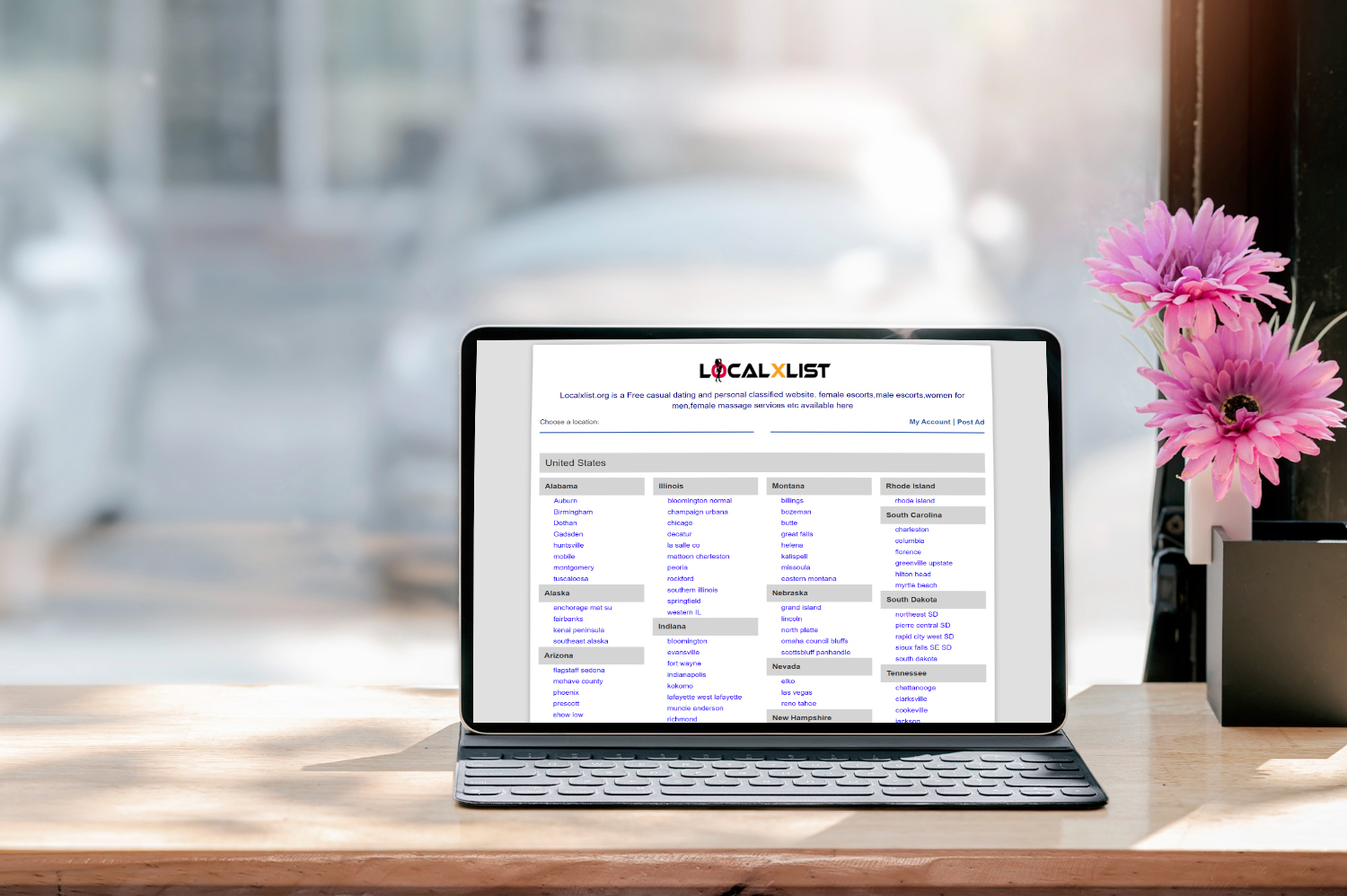For many men facing hair loss, the idea of wearing a **toupee—or modern hair system—**every day brings up an important concern: comfort. While toupees of the past were often heavy, itchy, and awkward, today’s hair systems are designed with advanced materials that make daily wear not only possible but surprisingly comfortable. Still, the question remains: can toupees truly be worn daily without discomfort?

Toupees Then vs. Now: A Big Difference in Comfort
Older toupees earned a reputation for being uncomfortable. They were often made with thick bases that trapped heat, caused itching, and sometimes slipped out of place. Men who wore them had to constantly worry about security and appearance, making daily wear stressful.
Modern toupees, however, are very different. With ultra-thin lace and skin bases, breathable materials, and lightweight designs, today’s hair systems are crafted for long-term comfort. Most are so discreet that wearers forget they’re even there.
Why Modern Toupees Are Comfortable for Daily Use
Several advancements make modern toupees suitable for everyday wear:
1. Lightweight and Breathable Bases
Modern toupee for men use lace or thin polyurethane (skin) bases. Lace allows air to circulate, preventing sweat buildup, while skin bases mimic the texture of the scalp. Both are designed to stay comfortable even during hot weather or long hours of wear.
2. Secure Bonding
With medical-grade adhesives and tapes, modern toupees stay firmly in place. This eliminates the worry of slipping or shifting, which was once a major cause of discomfort.
3. Custom Fit
Toupees today are custom-made to match the wearer’s scalp shape, hairline, and hair type. This personalized fit ensures there’s no unnecessary pressure or irritation.
4. Human Hair for a Natural Feel
High-quality toupees use 100% human hair, which looks and feels natural. Because they blend seamlessly with existing hair, wearers don’t feel like they’re wearing something foreign on their heads.
Can You Sleep, Shower, and Exercise in a Toupee?
One of the biggest worries men have about daily wear is whether they can keep their hair system on during everyday activities. The good news is that modern toupees are designed to handle it all:
-
Sleeping: Many men sleep in their hair systems without issue, especially with proper bonding. However, using a silk pillowcase can reduce friction and extend the lifespan of the system.
-
Showering: A bonded toupee can be washed just like natural hair. Using mild shampoos and conditioners helps maintain comfort and longevity.
-
Exercise & Sports: Breathable lace bases allow sweat to escape, and strong adhesives keep the system secure, even during workouts or swimming.
This means men can wear their toupees daily without constantly needing to remove and reapply them.
The Importance of Maintenance
While modern toupees are comfortable, regular maintenance is crucial for ensuring long-term comfort. Most hair systems require servicing every 2–4 weeks, depending on the adhesive used. During this time, the system is cleaned, rebonded, and adjusted.
Neglecting maintenance can lead to buildup of oils, sweat, or adhesive residue, which may cause itching or irritation. With proper care, however, discomfort is minimal to nonexistent.
Do Toupees Cause Scalp Damage?
A common misconception is that daily wear of a toupee can harm the scalp. In reality, when fitted and maintained correctly, hair systems are safe. Medical-grade adhesives are designed for sensitive skin, and professional removal ensures no damage.
However, men with extremely sensitive skin or certain scalp conditions should consult with a dermatologist or hair replacement specialist before committing to daily wear.
Real-Life Comfort: What Wearers Say
Testimonials and social media transformations often reveal that once men adjust to wearing a modern toupee, they barely notice it. Many compare the experience to wearing contact lenses—strange at first, but eventually unnoticeable.
The real comfort comes not just physically but psychologically. For many men, regaining a full head of hair means restoring confidence, reducing anxiety, and feeling like themselves again. That boost in self-esteem makes daily wear well worth it.
Are Toupees Right for Everyday Wear?
The answer depends on the individual. Some men prefer to wear their toupees only for special occasions, while others use them daily as a natural part of their routine. Thanks to customization, breathable materials, and improved bonding, daily wear is absolutely possible—and comfortable—for most men.
Conclusion: Can Toupees Be Worn Daily Without Discomfort?
Yes. Modern toupees are designed with comfort, realism, and durability in mind, making them ideal for everyday use. Unlike the bulky, itchy hairpieces of the past, today’s hair systems are lightweight, breathable, and secure enough to wear while sleeping, showering, or exercising.
With proper care and regular maintenance, men can confidently wear a toupee every day without discomfort. In 2025, toupees are no longer just a cosmetic solution—they are a practical, comfortable, and life-changing answer for men dealing with hair loss.





